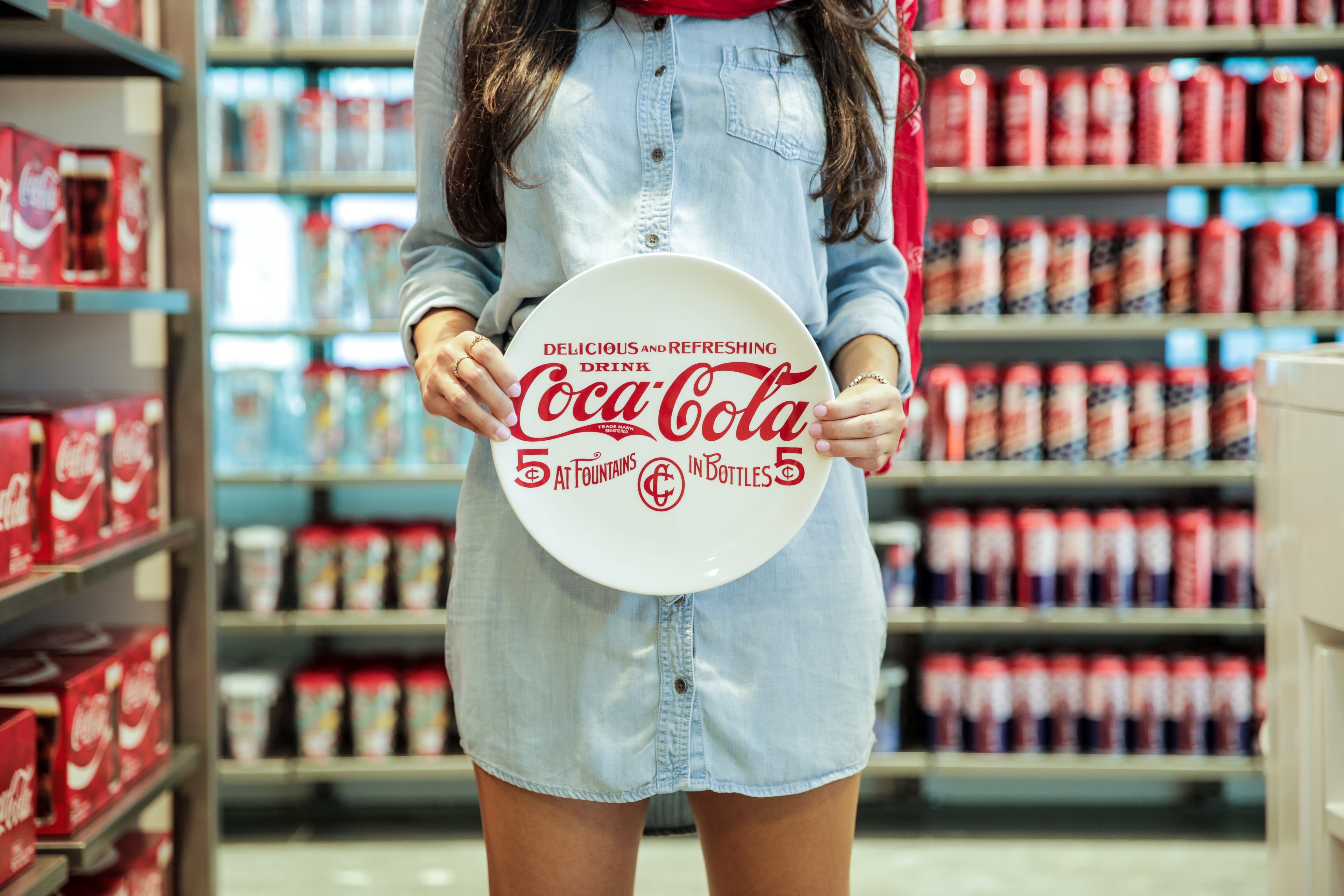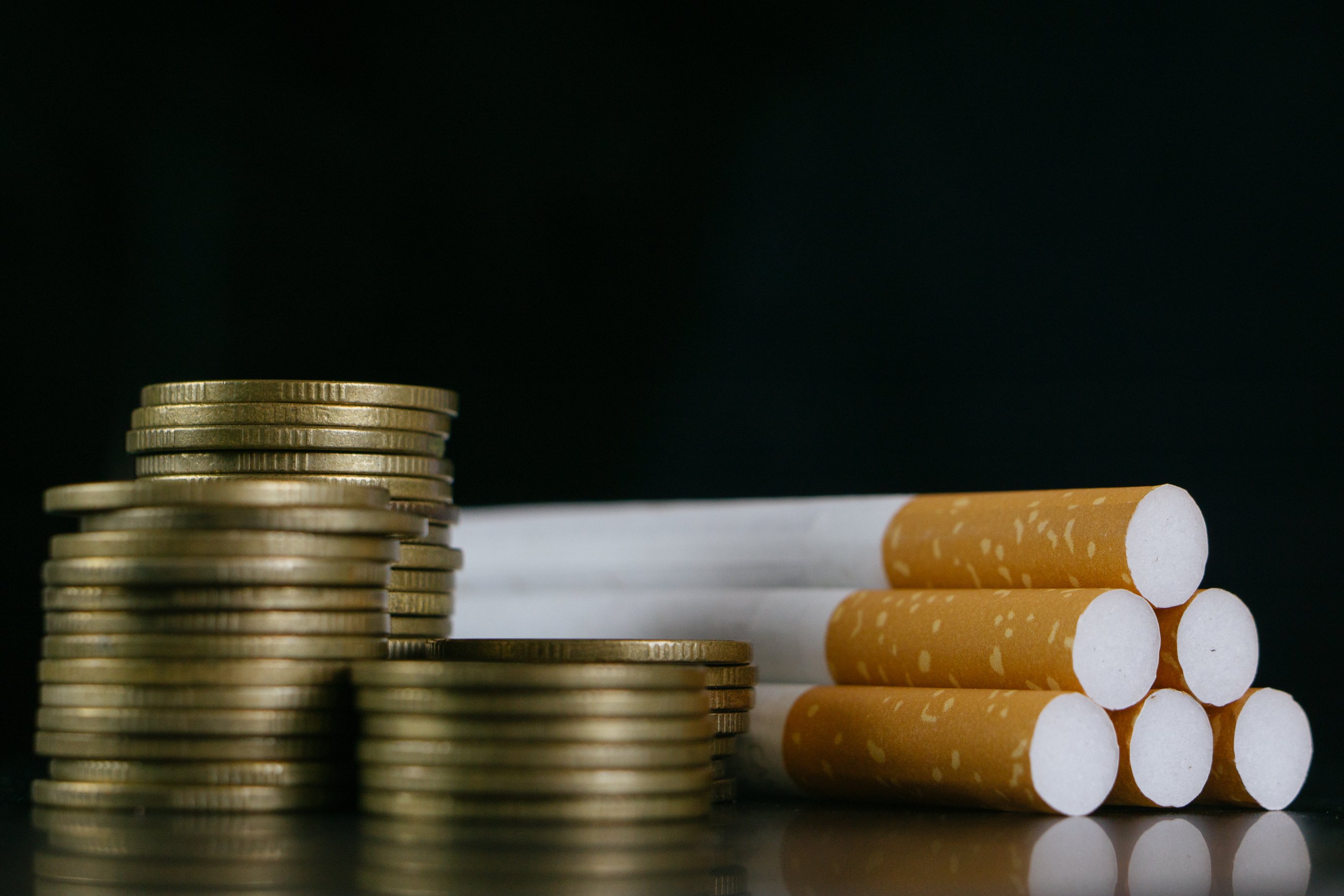Tobacco giant Altria Group (MO +0.39%) has always been a cash cow for investors. The company has consistently raised its dividend payments 50 times in the past 47 years as the business continues to generate plenty of free cash flow to return to shareholders, developing a reputation for being friendly to income-seeking investors. As part of its deal with Anheuser-Busch InBev (BUD 0.19%), Altria received a greater-than-expected amount of cash -- $5.3 billion -- in connection with its sale of its interest in SABMiller in October. Since then, Altria has worked hard to figure out how to deploy this cash hoard. Below, we'll go through why Altria has this much money to spend and how it's putting it to work.
Image source: Altria Group.
Where the $5.3 billion came from
Since the SABMiller/A-B InBev deal was first announced, Altria was in line to get a big cash payout. The tobacco company actually had to work hard to negotiate an alternative to receiving only cash in exchange for its SABMiller stake, because the initial offer was an all-cash deal. That would have created a substantial capital gains tax problem for Altria, and so the two parties negotiated a tax-free exchange of SABMiller stock for A-B InBev stock. That deal had a small cash component that Altria expected to leave it with $2.5 billion to $3 billion.
The tax-free exchange deal, however, was also made available to regular investors, and as it turned out, the economics of the deal favored taking A-B InBev stock for those who were willing to accept the five-year sale restriction on the A-B InBev shares. Because some of the shares in the deal were allocated to shareholders other than Altria, Altria ended up taking more cash. That left it with a smaller stake in Anheuser-Busch than originally expected.
How Altria got to where it wanted to be
The first thing that Altria did almost immediately after the deal was to work its way back up toward the ownership stake in Anheuser-Busch InBev that it had expected to have. In late October, Altria said that it had purchased about 12 million ordinary shares of A-B InBev, boosting its ownership stake from roughly 9.6% to 10.2%. That's slightly less than the 10.5% stake that most of those following the deal had expected Altria to end up with, but it did get the company over the 10% mark at which it's entitled to foreign tax credits for the dividends that A-B InBev pays it.
At the then-prevailing price of around $125 per share for Anheuser-Busch stock, Altria would have spent about $1.5 billion of its cash in order to increase its stake in the beer giant. That accounts for almost a third of the money but left plenty for other uses.
A bigger buyback for Altria shareholders
The other immediate move that Altria took to use its cash hoard was to increase the amount of money it dedicated to its stock repurchase program. Prior to the deal, the company had $1 billion in authorized funds for stock buybacks. But after the Anheuser-Busch/SABMiller merger was completed, Altria boosted that amount to $3 billion. Those repurchases are expected to take place by mid-2018, although their exact timing will likely depend on how the share price behaves between now and then.
As for further moves, it remains to be seen whether Altria will take any special action. The tobacco giant already did its typical late-summer dividend increase, boosting its quarterly payout by 8%. Because Altria likes to keep its dividend in a comfortable range in relation to its earnings, investors shouldn't expect a further permanent increase in the quarterly dividend because of the cash from the SABMiller deal. However, a special dividend might be possible if Altria decides that the stock buyback didn't successfully return enough of the cash to investors.
Having cash on the balance sheet is always helpful to give a company flexibility in coming up with the best strategies for growth. Altria has put much of the cash it received in the Anheuser-Busch InBev deal to use, but it still has a good piece of its cash hoard intact for future needs going forward.








